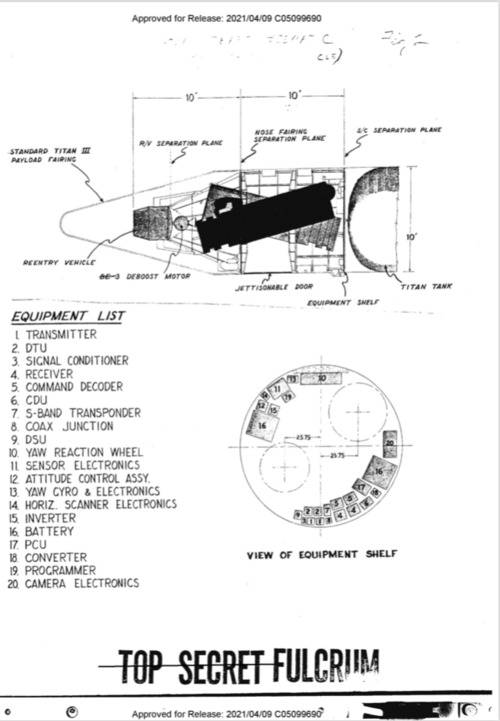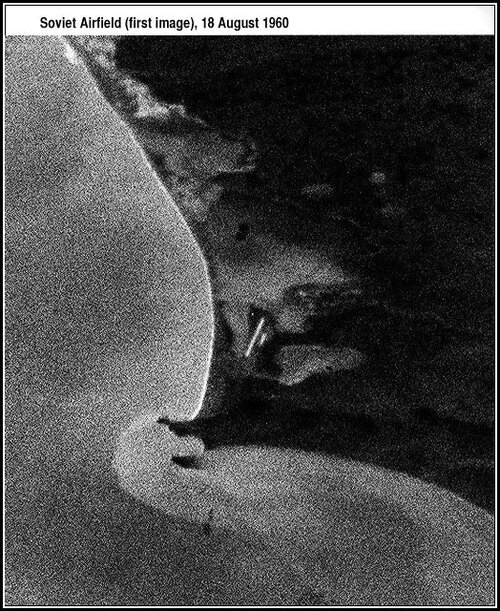- Joined
- 13 August 2007
- Messages
- 8,031
- Reaction score
- 9,464
This here is overview of several projects for NRO Keyhole Spy Sats like DORIAN, SPARTAN, SAMOS or FULCRUM
MOL aka KH-10 DORIAN
KH-11 KENNEN
The SPARTAN reconnaissance satellite program
Proposal to use NRO camera on Apollo Mission
Source material
https://www.nro.gov/foia-home/foia-declassified-major-nro-programs-and-projects/
MOL aka KH-10 DORIAN
KH-11 KENNEN
The SPARTAN reconnaissance satellite program
Proposal to use NRO camera on Apollo Mission
Source material
https://www.nro.gov/foia-home/foia-declassified-major-nro-programs-and-projects/




